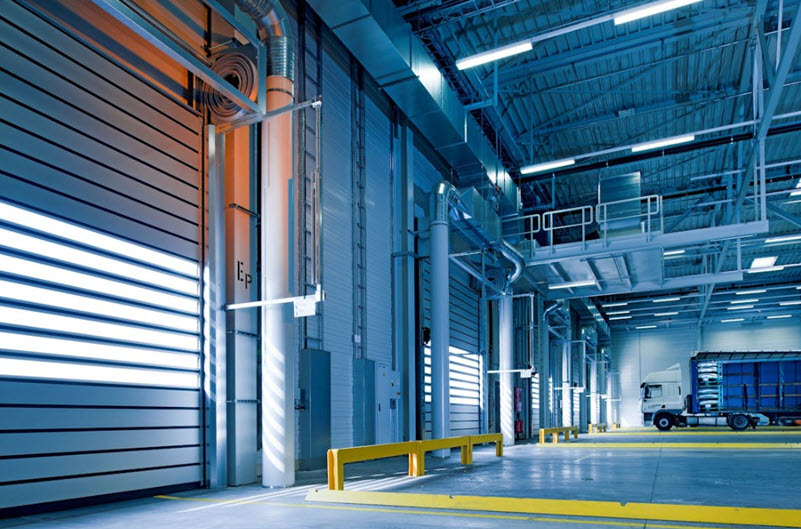To many who are in business, the idea of a modern business might simply be one that takes full advantage of the digital landscape. Knowing that this is an environment of increasing importance, understanding how you can utilize what’s available here to strengthen your digital presence is undoubtedly important, but it might be that there’s more to being ‘modern’ than that alone.
As a concept, it’s important because it means putting old and outdated ways of doing things to bed so that you can present your brand to audiences in such a way that tells them you’re thinking about the future.

Finger on the Pulse
Right out of the gate, the important thing to understand is just how many options audiences have when it comes to businesses in any given sector. They’re constantly exposed to marketing, meaning they’ve heard it all before – they’ve even heard attempts from businesses to be self-aware of this competitive environment. That naturally puts you in a very difficult position, especially if you’re hoping to make yourself stand out to audiences by telegraphing that you have an awareness of their needs and expectations for your brand.
To achieve this end, you might turn your attention to social issues like climate change. If you’re seen as being genuinely committed to making a difference in these areas (avoiding greenwashing pitfalls), audiences might start to feel as though you are a brand that has goals beyond simply making a quick buck – goals they can relate to.
Genuinely Modern Strategies
While the way that you present yourself might have more to do with appearing modern to audiences, it’s also important to think about the way that you remain competitive within the industry. This means turning your attention to modern technological solutions, such as the tools that you use to conduct your work. A lot of the time, this might depend on what industry you’re in (such as how 3D printers are increasingly valued within manufacturing). Still, there are also going to be times when many industries would benefit from the same technological leap, such as adopting an NGFW to bolster your digital security.
A ‘People First’ Approach
Another way that you might showcase your values could be simply through action instead of words. If your brand is one that puts people first, it shows an awareness of the social climate that you find yourself in. Many people are increasingly cautious of giving their time and effort to a business that will ultimately just use them as a resource, which means you can stand out by developing a quality and trusting relationship with your employees. A positive work environment can go a long way to improving your reputation and convincing staff to stick around.
This attitude can go beyond your staff, though. If you put a lot of effort into your customer service, you also show your audience that you’re not satisfied until they are, which can keep them around even after an initially negative experience.
Agile Leadership and Transparency
Modern leadership demands more than strategic thinking—it calls for humility, adaptability, and a strong ethical compass. CEOs and team leaders today are expected to be transparent, communicative, and visible. They need to model the values the company stands for and be willing to listen and evolve when necessary.
Transparency isn’t just internal either. Consumers want to know how your business operates: where your materials come from, how your employees are treated, what your supply chain looks like, and how you’re adapting to change. Regular updates, honest communication during crises, and clearly defined ethics policies all feed into this desire for openness.

Agility is another core trait. Whether it’s responding to global disruptions, supply chain issues, or shifting consumer demands, modern businesses can no longer afford to stand still. Leaders who can shift strategies quickly and make informed decisions under pressure are the ones who’ll weather challenges and stay relevant.
Long-Term Thinking Over Short-Term Wins
Short-term profits once ruled business decision-making. But that mentality is shifting. While profitability is obviously still vital, modern businesses are also measured by how they invest in the long term, through innovation, community impact, environmental stewardship, and employee development.
Stakeholders today want to know that you’re building a sustainable future. That means nurturing partnerships, reducing waste, training your workforce for emerging challenges, and future-proofing your offerings. Being modern means being mindful of the planet, of your people, and of your place in the wider world.
In Summary:
Being a modern business isn’t just about using the latest tools or adopting new trends. It’s about cultivating a dynamic mindset that values innovation, ethical integrity, human connection, and long-term impact.
Whether you’re a start-up looking to disrupt your industry or an established firm seeking to refresh your relevance, embracing the full spectrum of what it means to be modern can guide every decision you make, from tech choices to team culture to public messaging. In a marketplace flooded with options, the businesses that thrive will be the ones that know how to evolve, with purpose and with people in mind.





